Your brand is the essence of your company’s identity. It shapes how customers recognize you, what they associate with your business, and how they connect with you. Rebranding is a significant undertaking. It requires strategic thinking, careful planning, and a clear vision for the future. But sometimes, evolving your brand is precisely what your organization needs to stay relevant, stand out, and drive growth.
The Uniqueness of a Company’s Lifecycle
There is no universal development trajectory that all organizations must follow. Some companies scale quickly, while others prefer stable, controlled growth. Your brand should reflect the current stage of development and be flexible enough to adapt to future changes.
The Unpredictability of Business Development
Business development is a unique and largely unplannable process, as the pandemic period clearly demonstrated. Businesses that seemed stable faced serious challenges, while others unexpectedly discovered new opportunities for growth. Rebranding allows you to reflect on this new experience and adapt the visual and semantic components of your brand to changed realities.
Geographic Expansion and New Cultural Contexts
When a company expands geographically, the profile of its consumers changes—their culture, behavior, and expectations. It’s important to consider these differences and flexibly adapt or expand your brand for new markets. Visual elements and communication messages may need adjustment to effectively resonate with new audiences while maintaining the recognizability of the core brand.
Diversification of Products and Services
When adding new products or services, new consumers emerge with new habits and consumption patterns. Expanding your range often requires rethinking your branding strategy. What worked for one product may not be suitable for a broader line, especially if the new offerings attract a fundamentally different audience.
Increasing Internal Complexity
The more complex a company’s system of goods or services becomes, the more important it is to revisit and update brand narratives. As a company grows, new divisions, directions, and internal processes emerge—all of which can lead to dilution of the original brand identity. Updating helps integrate this increased complexity into a unified, harmonious perception of the company by both external and internal audiences.
Evolution of Mission and Values
Mission and values serve as general guidance for actions within the company. When they change, the company is ready for new discoveries and development directions. Sometimes an organization outgrows its original mission or discovers that its values have evolved over time. In such cases, rebranding becomes not just a cosmetic change but a reflection of a profound transformation in the company’s essence.
Rebranding as a Natural Stage of Growth
Just as a person changes their wardrobe with age and experience, a successful business updates its brand, reflecting the journey traveled and new horizons. Rebranding is not a sign of failure of the previous concept, but evidence of healthy growth and adaptation of the company to a changing world.





